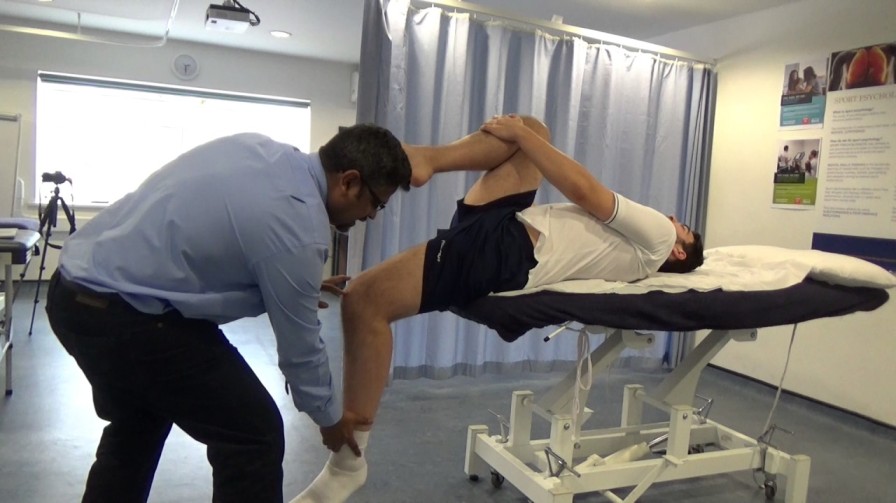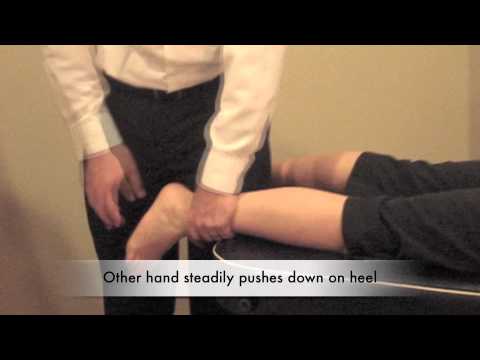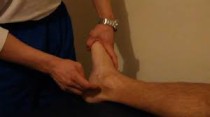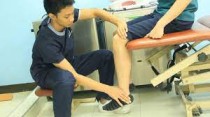Kendall test :
- This test is also known as the rectus femoris contracture test.
- This test is applied in the clinic to check the tightness of the rectus femoris muscle.
- It is applied by a therapist or doctor.
- It is a clinical test for performance.
- Another test is to check the tightness of the rectus femoris muscle = Ely’s test.
Purpose of the Kendall test :
- This Kendall test is used to check the spasticity/tightness of the rectus femoris muscle.
- It also checks the weakness or contracture of the rectus femoris muscle.
How to perform the Kendall test?

- Starting position is for the test is supine.
- In the supine with the knees bent over the end or edge of the examining table.
- The patient is flexed one knee onto the chest & holds it.
- The angle of the test knee should remain at 90′ when the opposite knee is flexed to the chest.
- If it does not mean the test knee extended slightly, a contracture i probably present.
- he examiner may attempt to passively flex the knee to see whether it remains at 90′ of its own volition.
- The examiner must be always palpate the muscle for check the tightness when doing to perform any contracture test.
- If there is no palpable tightness, the probable cause of restriction is tight joint structures like a capsule & the end feel will be different means muscle stretch versus capsular.
- This test is also applied on two sides.
- Compared to the result of both sides means affected/unaffected side.
Critical Review of the Kendall test :
- This Kendall test is a clinical test & performed by the therapist.
- The importance of the positive Kendall test is spasticity or tightness of the rectus femoris muscle in the uncertain.
- This clinical test checks the contracture of the rectus femoris muscle.







